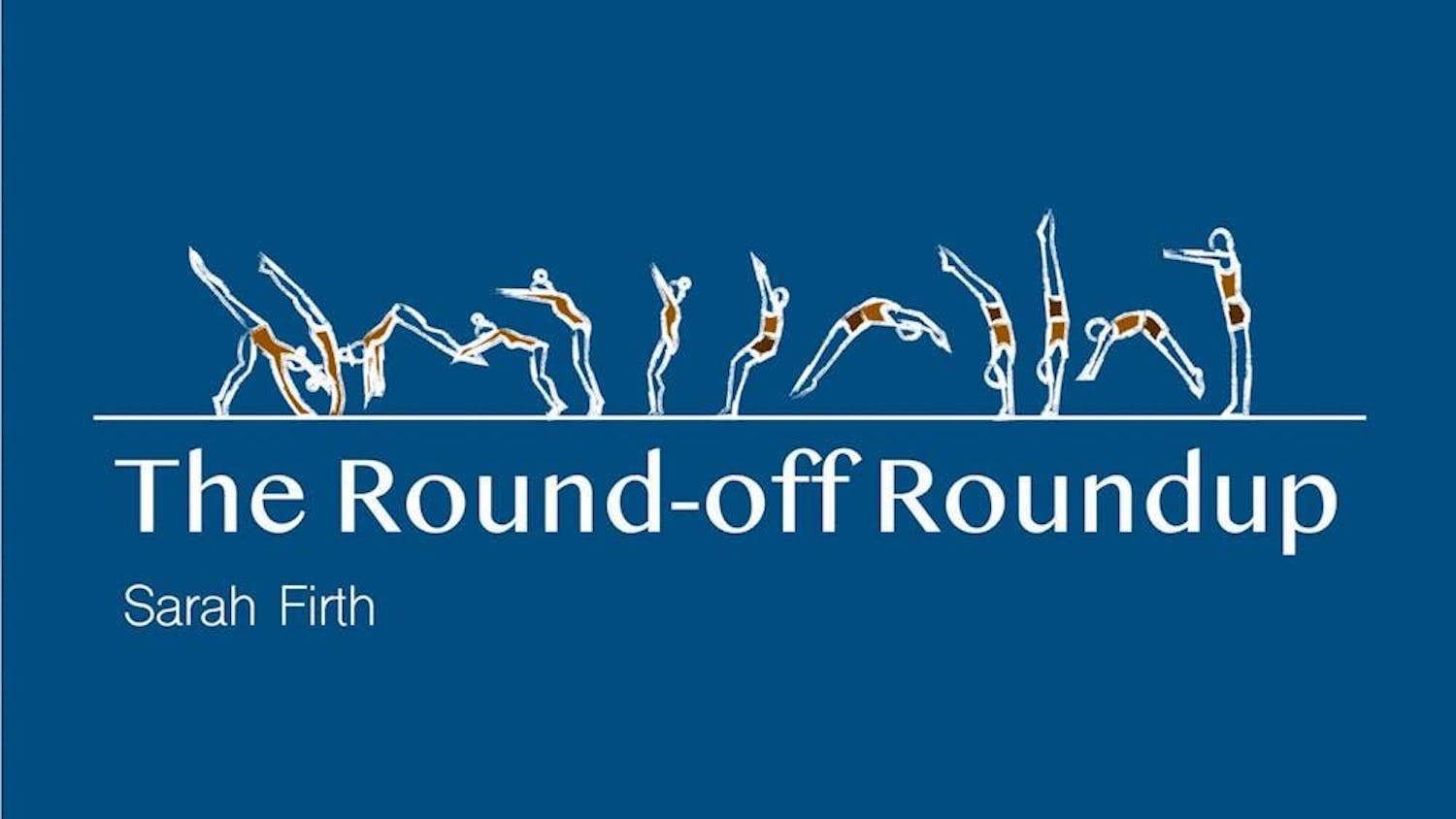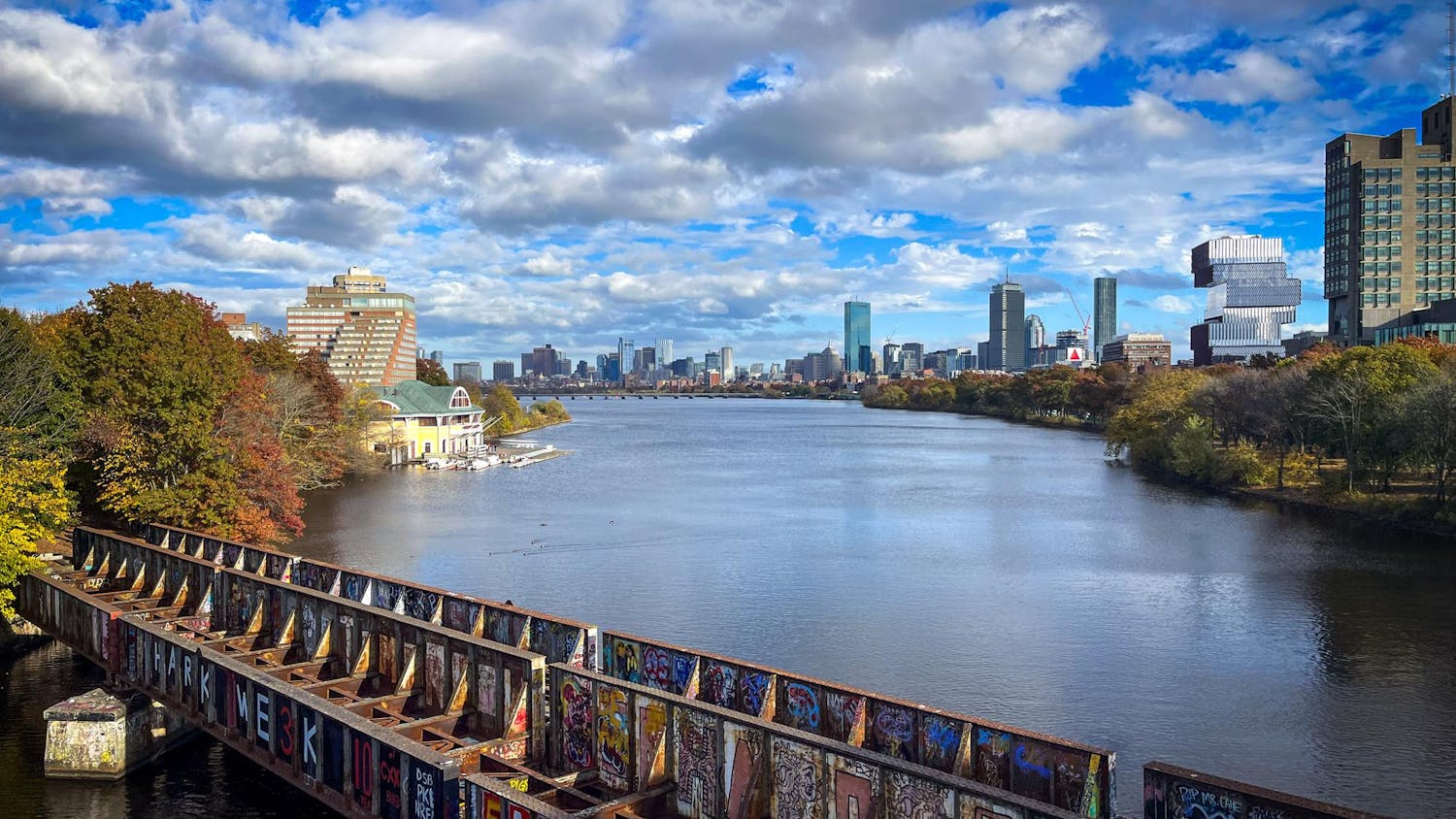Today, we’ll be looking at some of the more interesting station names on the T. While most stations are named for streets, local landmarks or influential figures (i.e. dead white men), many stations have rather unique names that reveal some history of the city around us.
We’ll start with the Red Line — fun fact, red was chosen in honor of Harvard’s school color. Alewife Brook Parkway station was named after Alewife Brook, itself named after the alewife herring. The plump fish was, rather insultingly, said to resemble the wife of a tavern keeper, or “ale wife.” Davis Square was named after, not Jefferson Davis, but Person Davis (yes, that’s his actual name), a local merchant and politician. Similarly, Andrew Square was named after abolitionist and governor J.A. Andrew. Quincy Adams was named after John Quincy Adams, who, like John Adams, was born nearby in Quincy. The town of Braintree was named after Braintree in England. One proposed explanation for the name is: a settlement on the river Braint (“bran” meaning crow-black, “tre” meaning town); coincidentally, the English town is located on the Blackwater River.
Moving on to the Blue Line, named as such as it passes underneath Boston Harbor. Bowdoin (BOW-din) Square was named after Governor James Bowdoin, which, yes, is also the namesake of Bowdoin College. Wonderland is anything but. It’s surrounded by massive parking lots and the former site of the Wonderland greyhound racing track, itself on the former site of the Wonderland seaside amusement park.
Next is the Green Line, named as such because it passes through Boston’s Emerald Necklace park system (so called because on a map, the lush green parks loop around the neck of Boston peninsula). Fenway is named not after the stadium, but after the Fenway parkway, one component of this Emerald Necklace. If you’re watching the Red Sox, go to Kenmore, and then reconsider your poor taste in sports teams. Lechmere (LEECH-meer) Square was named after Richard Lechmere, a local landowner. The nearby Lechmere canal is a remnant of the area’s prior history as a seaport and manufacturing hub.
Now for the Orange Line, colored as such purely for color balance with the other lines (yellow being too difficult to read on a map); the MBTA later retconned this by claiming it was named for Orange Street. Assembly Square was named after a nearby Ford car assembly plant, the building that Trader Joe’s is now in. Sic transit gloria. Haymarket Square was the site of an old market for hay. Today’s Haymarket farmer’s market, a block away, is a direct descendant. Downtown Crossing is named after the Downtown Crossing shopping district, named after the intersection of Washington Street with Summer and Winter Streets. These streets were closed to cars in the ’70s to create a pedestrian-friendly shopping district that successfully attracted shoppers from the suburbs to the downtown area. Ruggles Street can represent two sides of Boston’s history: Some say it’s named after abolitionist David Ruggles, while others say it’s named after slave owner Edward Ruggles (Though it must be said that the latter’s family may have enslaved the former’s). But on a brighter note, Dudley Square (a former Orange Line station) was renamed in 2019 to Nubian after a historical African civilization, to honor the area’s growing Black population.






